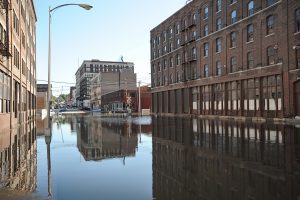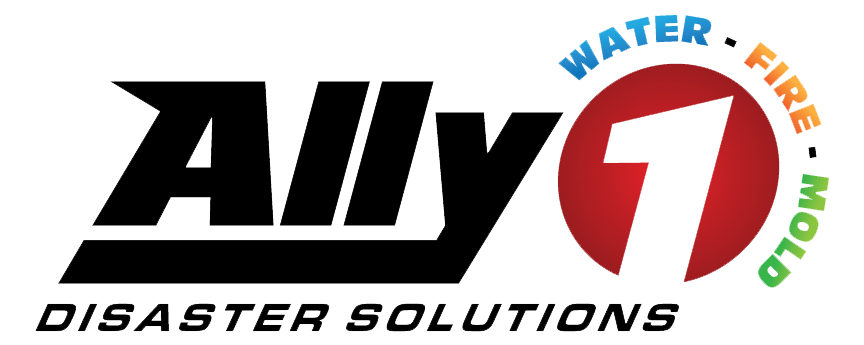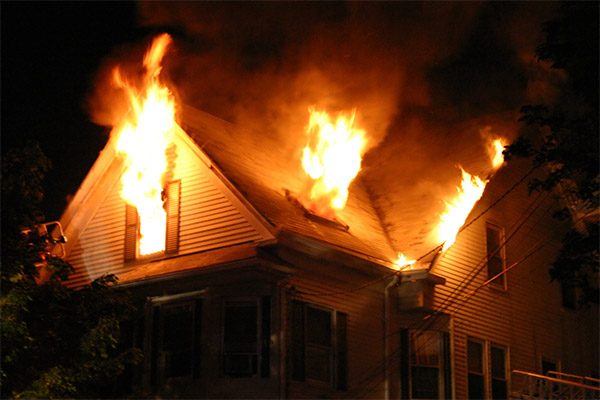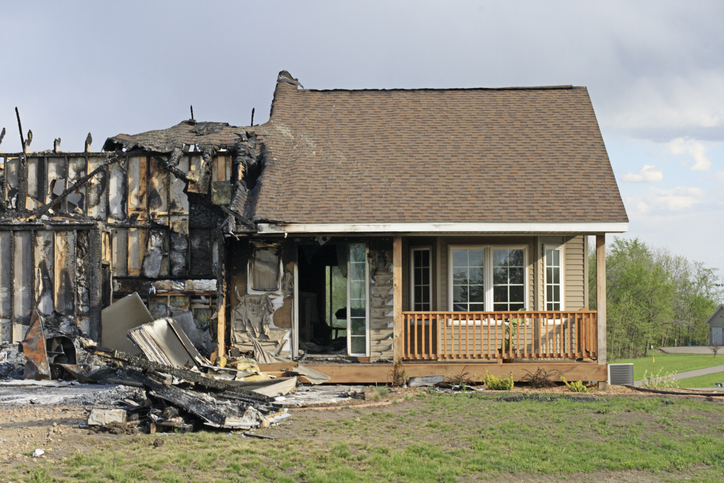 When it comes to water damage in St. George, not all water disasters are treated the same. In fact, there are three different classifications of water – each requiring different steps to safely and adequately cleanup the damage. It is important to know which type of water you are dealing with before water damage cleanup begins.
When it comes to water damage in St. George, not all water disasters are treated the same. In fact, there are three different classifications of water – each requiring different steps to safely and adequately cleanup the damage. It is important to know which type of water you are dealing with before water damage cleanup begins.
Category 1: Clean Water
This is water that comes from a clean source. Examples are water from a leaky faucet or broken water supply line. Water damage restoration of Category 1 water is fairly simple. First, water must be extracted and dried completely. Damaged materials can then be repaired or replaced. If Category 1 water is not remediated quickly and correctly, it can turn into Category 2 water.
Category 2: Gray Water
This is water that may contain bacteria and viruses. Common sources of gray water include dishwasher overflow, washing machine overflow, and toilet overflow without feces. This type of water can cause illness upon contact and needs to be handled professionally and with safety precautions. First, all wet areas must be located and the water extracted. Removal and disposal of damaged items must be done before drying begins. Not only is adequate drying needed, but thorough disinfecting must also be performed. If left untreated for too long, Category 2 water can degrade very quickly to Category 3 water.
Category 3: Black Water
Like the name entails, black water is grossly contaminated water. Blackwater comes from flooding streams, canals or rivers, the sewer line, the toilet bowl with feces, and long-standing water that has begun to grow microbes. All contact with black water should be avoided because this type of water can cause serious illness and even death if ingested. Blackwater must first be extracted, and then every surface affected is steam washed. Carpet pads and other necessary structural materials are then discarded so that the floor can be steam cleaned. A disinfectant is then applied before drying equipment is brought in. Air cleaners are also used in black water damage restoration. This type of water requires professional cleanup with the use of specialized equipment to safely remove contaminants.
If you are unsure which type of water you are dealing with, be sure to call a professional water damage restoration team. With the proper training and equipment, restoration crews will determine the water category and proceed with an appropriate plan of action. While you are waiting for the restoration team to arrive, there are steps you can take to keep you and your loved ones safe from contaminated water.
- Keep children and pets away from the affected area
- Keep the area contained as best as possible
- Turn off all electrical power to the affected area.
- Turn off the water supply to the area.
- DO NOT use the HVAC unit to ventilate the area because that can spread microbes through the air. If possible, open windows in the affected area to get airflow.
- Avoid entering the area
- Be sure to use personal protective equipment such as facemasks, rubber gloves and boots, and impervious coveralls if you have to go into the area
- If it is safe to do so, remove any dry, uncontaminated items out of the area.
Professional Water Damage Cleanup In St. George, Utah
When you call professional water damage cleanup crews like Ally 1 Disaster Solutions in St. George after a water damage emergency, the team of certified technicians will get to work containing the damage, and begin the cleanup as quickly as possible. They will be able to restore your home back to its original condition, helping you get your life back to normal.






